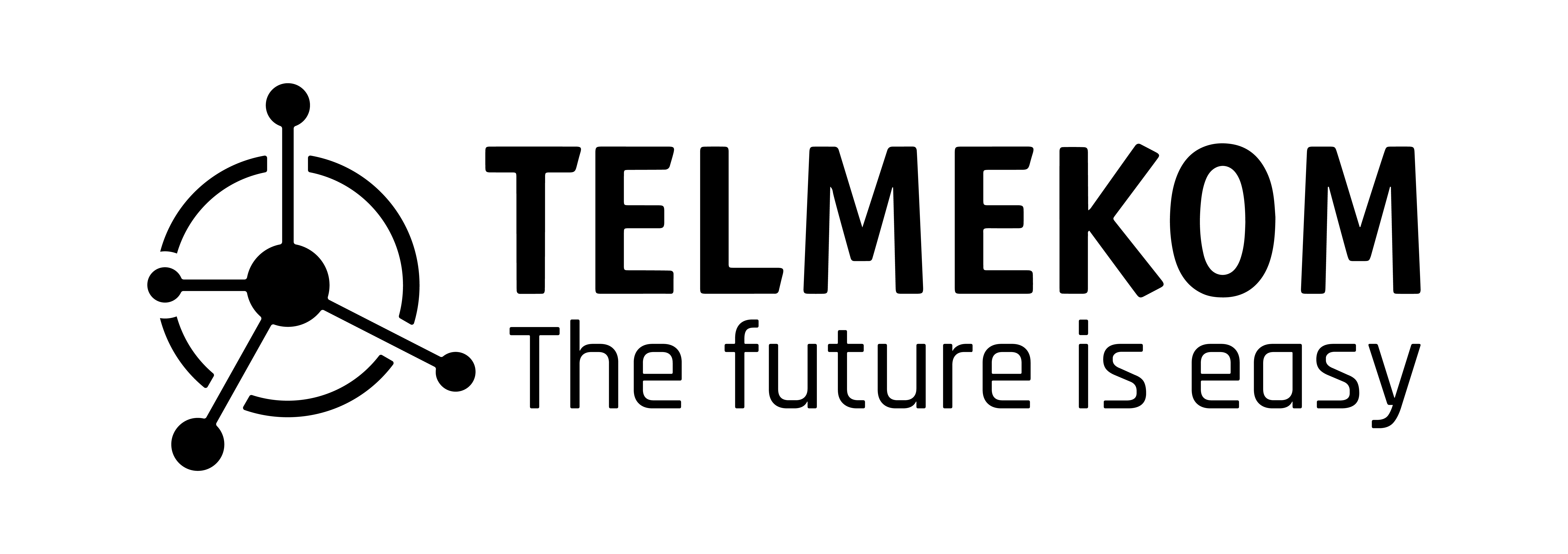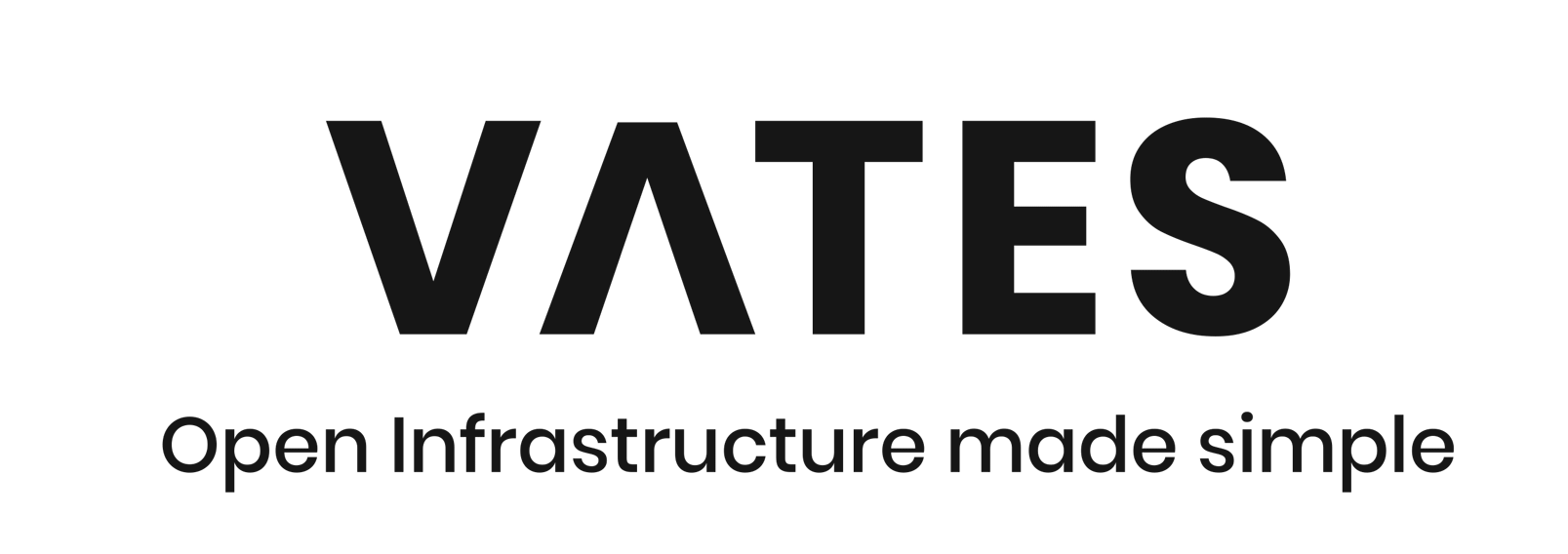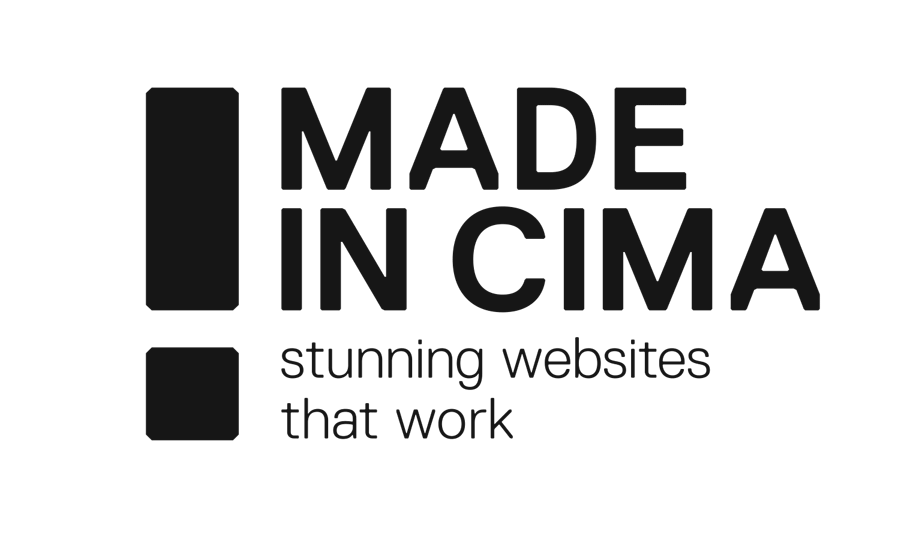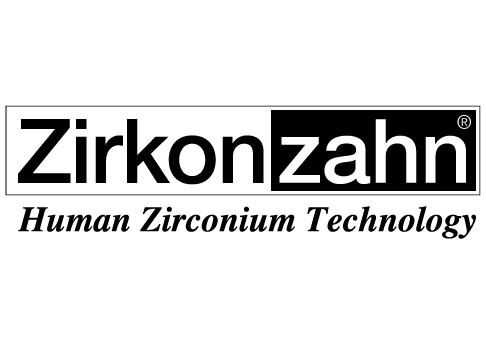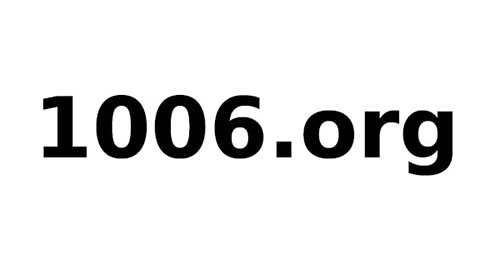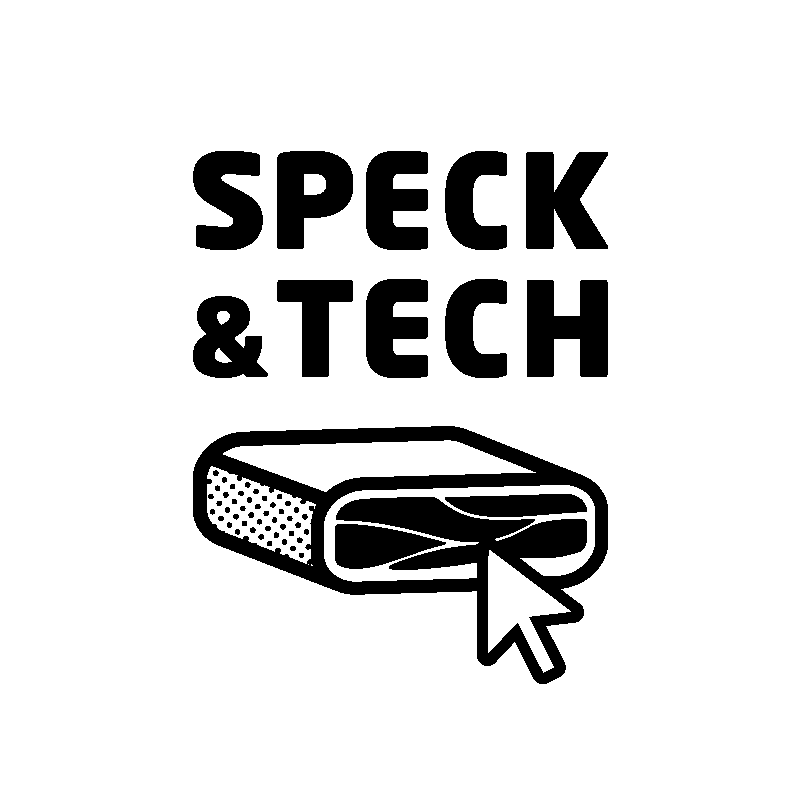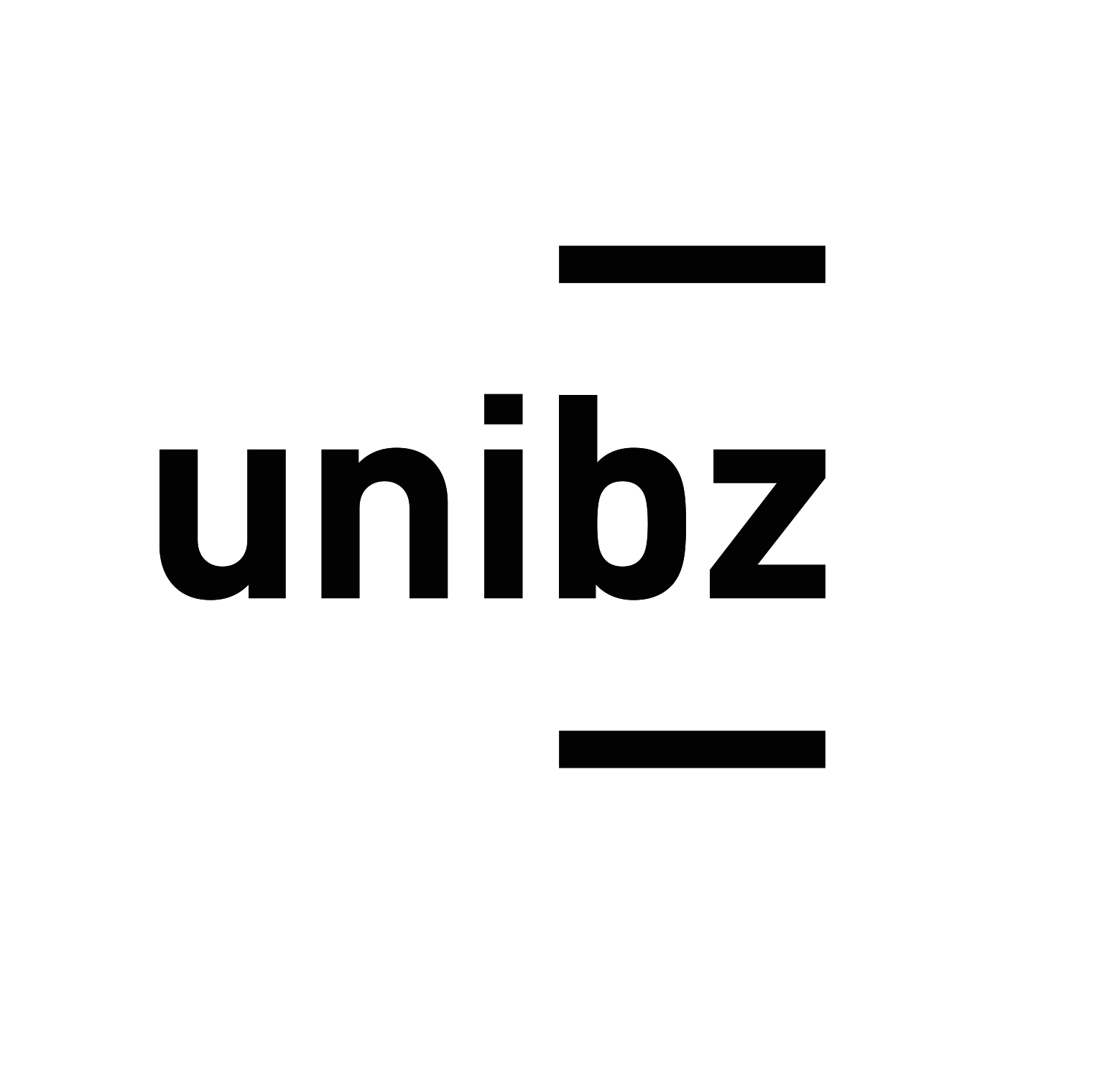In Finnish upper secondary schools course and final exams have been digital for some years now. Ordinary student laptops are routinely booted from USB flash drives to a special operating system, which provides a restricted environment allowing students to take an exam with no distractions or tools to cheat. Up to these days, this was implemented with Debian GNU/Linux, also meaning that student laptops must be Linux-compatible.
This is now changing. Not every modern laptop can simply boot from a USB drive to run Linux, these including chromebooks, Apple laptops and some new Windows laptops. Some schools may want to buy these devices and do not want a separate set of computers only for examinations. The current system is being replaced by an exam application, meant to run on different operating systems, which are to provide guarantees that no cheating can occur. The exam application activates the “assessment mode”, provided by operating system vendors, and this mode should provide a safe place where no cheating can occur, even on computers owned by the students.
Does that even make sense? Can that really be done, and with free software? In this presentation we take a peek at some technologies in Linux systems that can be used to secure a computer against an attacker with a physical access to the machine. We will also look at possible ways to implement an “assessment mode” in Linux desktops.


